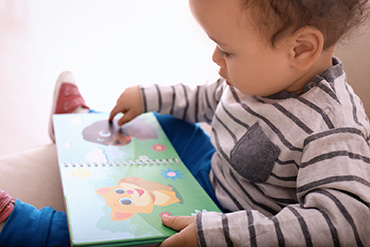Practice Note on Beliefs and Biases
Ethics, beliefs and biases
The profession’s ethical values
The Code of Ethics reflects the profession’s core set of beliefs and values of care, respect, trust and integrity. These beliefs are integral to an RECE’s professional practice and are modelled in their professional relationships, judgment and decision-making processes. They’re also portrayed through their pedagogical practice and curriculum and policy design.
As an RECE, you understand that your conduct — informed by your beliefs and ethical values — reflects on you as a professional and on the profession as a whole, at all times (Standard IV: C.4).
To ensure the profession’s core values are demonstrated, consider regularly examining your beliefs and biases to understand how they impact your professional practice and your relationships with children, families and colleagues. With this awareness, you can adapt your practice to reflect an anti-biased and anti-racist approach.

What do the values of the profession — care, respect, trust and integrity — mean to me? How do I demonstrate these beliefs in my daily practice?
What are beliefs and biases?
Bias: A subjective opinion, preference, prejudice, or inclination, often formed without reasonable justification, which influences the ability of an individual or group to evaluate a particular situation objectively or accurately (Canadian Race Relations Foundation).
To support you in the reflection process and in co-creating inclusive and respectful learning environments, it may be helpful to learn more about the historical, social and political structures that influence beliefs and biases.
Without considering how biases guide your thoughts, words, actions and professional practice, you run the risk of unintentionally harming others (Practice Guideline: Diversity and Culture, 2020).
Ask yourself the following:
- What is the relationship among beliefs, biases and the assumptions I make?
- Why is it important to become conscious of them and to address harmful ones?
- What confirms and solidifies them?
- What solidifies, safeguards and propels them?
